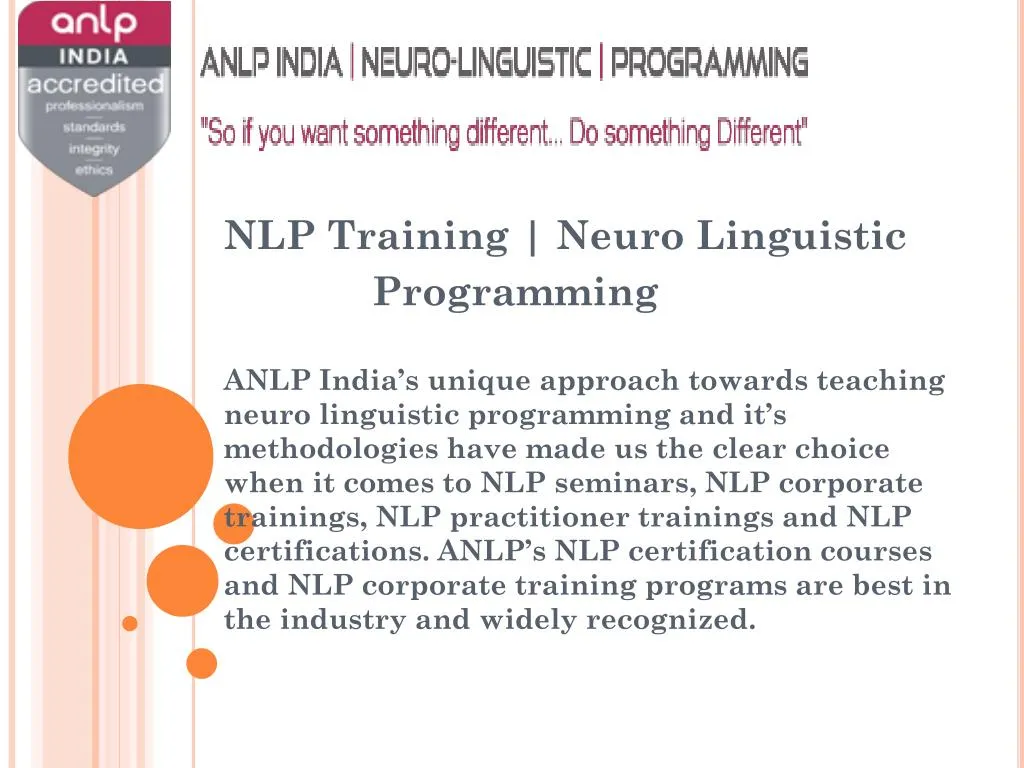
Anchoring teaches little ones to associate a particular body movement with being quiet. That’s how the brain learns to keep us safe, and we can utilise this in a positive way. If we have a negative connotation to something because of a past experience, we naturally avoid it. How it works: Associations teach us behavioural patterns. Neuro-linguistic programming technique 1: Anchoring Next, we’ll look at a few other ways to use neuro-linguistic programming to gently gain a sense of calm in your classroom. It also gives teachers a great opportunity to self-regulate and regain a sense of control. It’s a wonderful way to remind the children what they are expected to do and going through the motions also establishes that you’re in charge, but in a gentle way. Just like that, you have their attention and you are able to drive home your message by repeating the routine. It’s an exercise you can use to engage children no matter how excited or rambunctious the mood in the classroom is – you simply call out to them: “let’s see you driving your cars, who is going really fast? Sit down on the floor, wherever you are, let me see you driving your cars”. If the children don’t respond when you use the technique during the day, you can always take some time to go through this routine again. This technique becomes effective after a few weeks of repeating the routine.



How does this look in a practical sense? Here’s a NLP routine that’s designed to help children associate calming down with a particular body movement from the caregiver. When you consistently work at building these associations, you can command a certain level of behaviour from the children by having them perform the action that it is associated with. Neuro-linguistic programming engages the imagination and builds powerful associations between certain actions and behaviours. A well-tested NLP routine that’s ideal for EYFS classrooms It can get quite technical if you want to build your own associations, but there are some wonderful routines that are perfect for an EYFS classroom setting. The trick lies in only performing a particular action when you require its particular (corresponding) cooperation, that’s how you build the association. With regular practice, the associations become strong enough and enable the teachers or caregivers to use the habits, routines and body movements alongside gentle verbal commands, to gain cooperation with ease. In a classroom setting, we can learn to adopt certain habits, routines, and body movements that are only used before children are expected to start sitting still. Children of all ages, even little ones that are still too young to speak, will be able to make this association. This means using body language to create associations between certain body movements and what happens next in the classroom.įor example, if children learn that every morning after washing their hands they have a snack, they will quickly assume that if they are told to wash their hands, it’s because they are going to eat soon. In a nutshell, neuro-linguistic programming makes it easier for teachers to get children’s attention and cooperation.

Only around 38% of human communication is verbal - and neuro-linguistic programming (NLP) helps teachers and caregivers to draw from the other 70% of communication that is non-verbal.


 0 kommentar(er)
0 kommentar(er)
